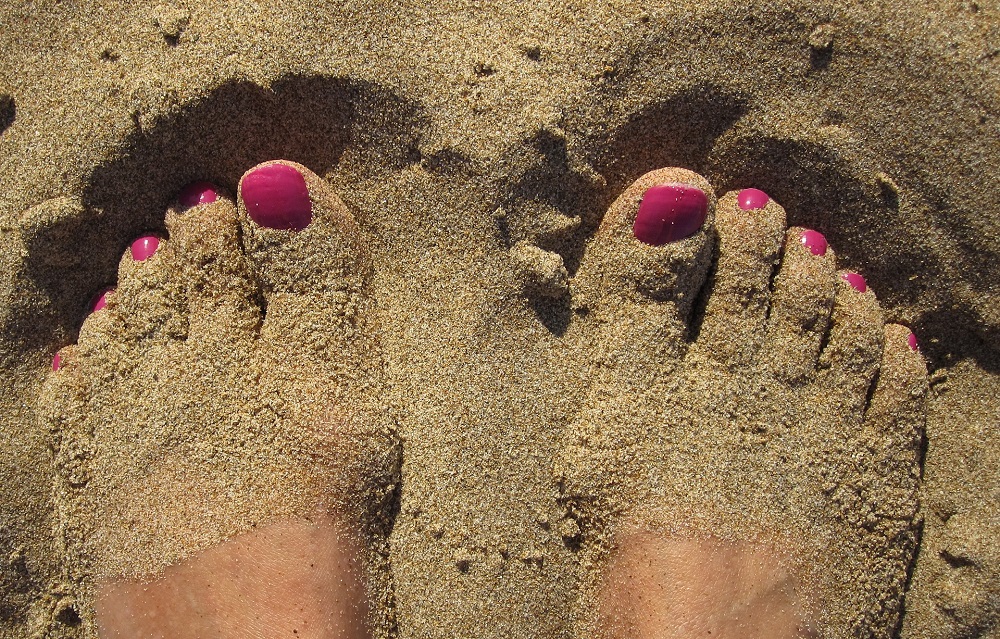
- Achilles Tendinitis
- Athlete's Foot
- Bunions
- Calluses
- Flatfoot
- Ganglions
- Haglund's Deformity
- Hallux Rigidus
- Hammertoes
- Infections
- Ingrown Toenails
- Metatarsalgia
- Morton's Neuroma
- Onychomycosis
- Osteoarthritis
- Plantar Fasciitis
- Plantar Warts
- Posterior Tibial Dysfunction
- Rheumatoid Arthritis
- Sesamoiditis
- Tailor's Bunion
- Tarsal Tunnel Syndrome
- Tendinitis
- Toe Deformities
Callus Treatment in Erie, PA
 The human body is amazing in its ability to protect itself from repeated pressure and stress. It is this adaptive tendency that creates calluses on the feet. Calluses are thick patches of skin that develop when the foot is subjected to excessive friction and pressure. This skin forms a protective layer over the foot to make it less vulnerable to injury. However, the callus itself may eventually become a problem if not properly managed.
The human body is amazing in its ability to protect itself from repeated pressure and stress. It is this adaptive tendency that creates calluses on the feet. Calluses are thick patches of skin that develop when the foot is subjected to excessive friction and pressure. This skin forms a protective layer over the foot to make it less vulnerable to injury. However, the callus itself may eventually become a problem if not properly managed.
Calluses are a source of concern when they are present on a diabetic foot or when present along with pain, compromised circulation or abnormal nerve function (neuropathy). Ultimately, they may lead to the developement of a wound. If a patient has diabetes or otherwise suffers from abnormal circulation or neuropathy, evaluation and treatment is usually necessary in order to prevent wound formation and/or maintain optimal foot health.
Calluses often form to compensate for improper foot alignment. They can become exceedingly rough and dry and in some cases, the callus may start to crack. While smaller calluses may be unsightly, it is the rough and cracked skin that may become painful.
Calluses can be easily managed with a daily routine of exfoliation and moisturizing. There are many products available to make foot care easier, such as foot soaks, pumice stones and files. For those with severe or recurring problems, the occasional pedicure may be in order. Of course, prevention is always the most effective form of treatment, so if you are experiencing calluses, take care to protect your feet and adjust your posture so your weight is distributed evenly across the entire foot. Contact us today to learn more about calluses and what you can do to manage them.
